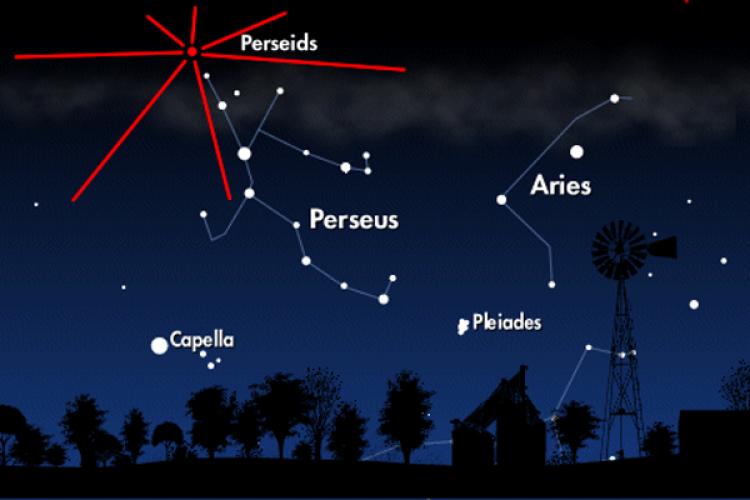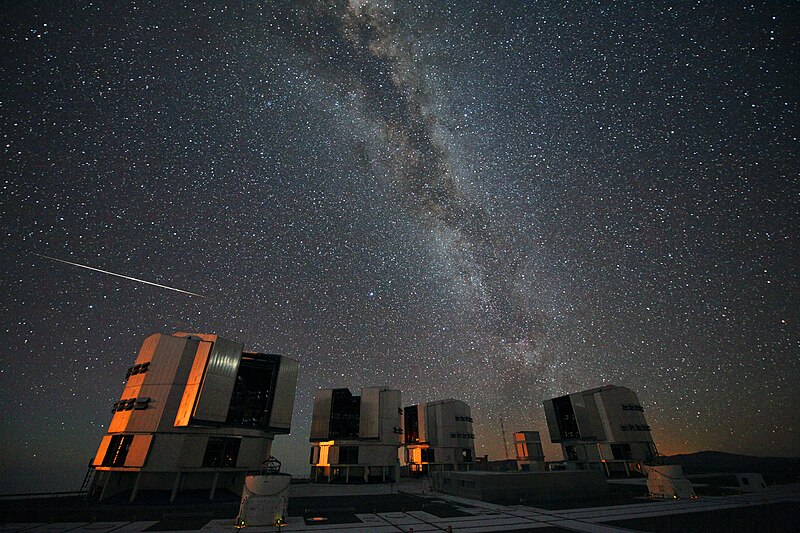Starting today and for the next few days, observers in the northern hemisphere will be able (if weather conditions permits) to see the Perseid Meteor Showers. Below are some information gathered from the internet.
(http://www.timeanddate.com/astronomy/meteor-shower/perseid.html)
Location in the sky tonight
NOTE: Table below changes every day to show the coming night's location| Perseids meteor shower for Kuala Lumpur (Night between 11 Aug and 12 Aug) | ||
|---|---|---|
| Time | Azimuth/Direction | Altitude |
| Wed 01:00 | 32° |
3.2° |
| Wed 02:00 | 31° |
11.0° |
| Wed 03:00 | 29° |
18.5° |
| Wed 04:00 | 24° |
25.2° |
| Wed 05:00 | 18° |
30.6° |
| Wed 06:00 | 9° |
34.0° |
- Azimuth is the direction, based on true north, a compass might show a slightly different value.
- Altitude is height in degrees over horizon.

What is the Perseids Meteor Showers?
Meteor showers basically come from the dusty, icy remains of comets. When a comet travels through the solar system, parts of it are blown off by the solar wind and forms the comet’s dust tail.
As Earth passes through this tail, the tiny remains enter the Earth’s atmosphere at about 130,000 mph.
When these icy bits enter the atmosphere at such tremendous speeds, they rub against molecules in the air, generating heat from friction. The heat grows to 3,000 degrees Fahrenheit and vaporizes the materials. The light we see in the sky is actually the air around it that is so blazing hot that it radiates light.
Below are some Perseid Meteor photos from wikipedia.

Perseid meteor in 2010

Perseid meteor in 2007
So get yourself ready and observe the sky for the next few nights. Best time to watch... between midnight and dawn. Happy observing!
No comments:
Post a Comment